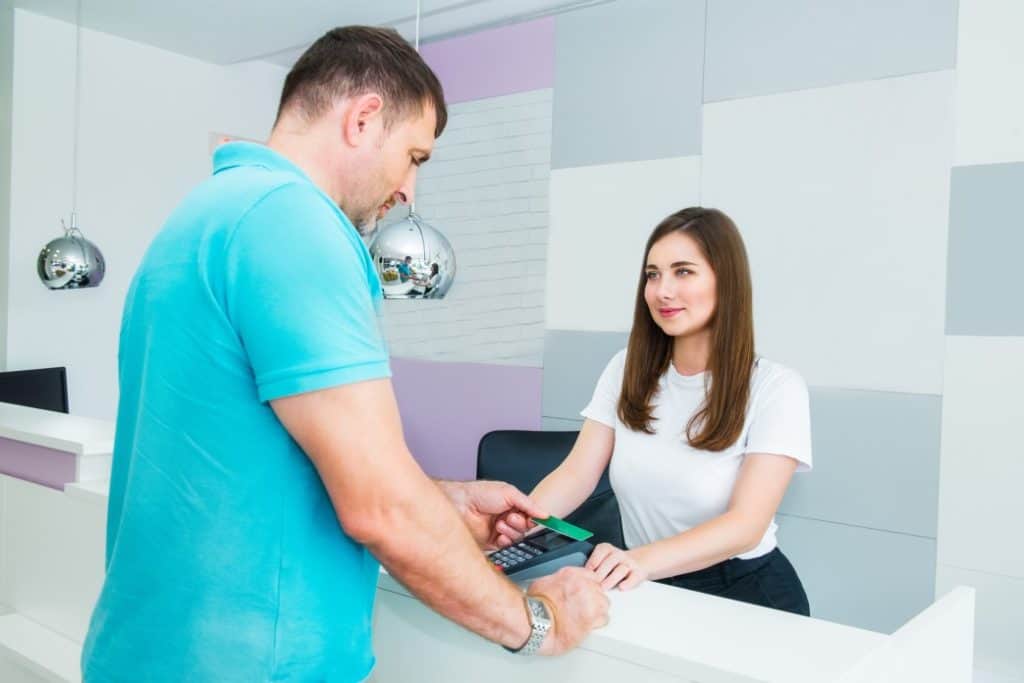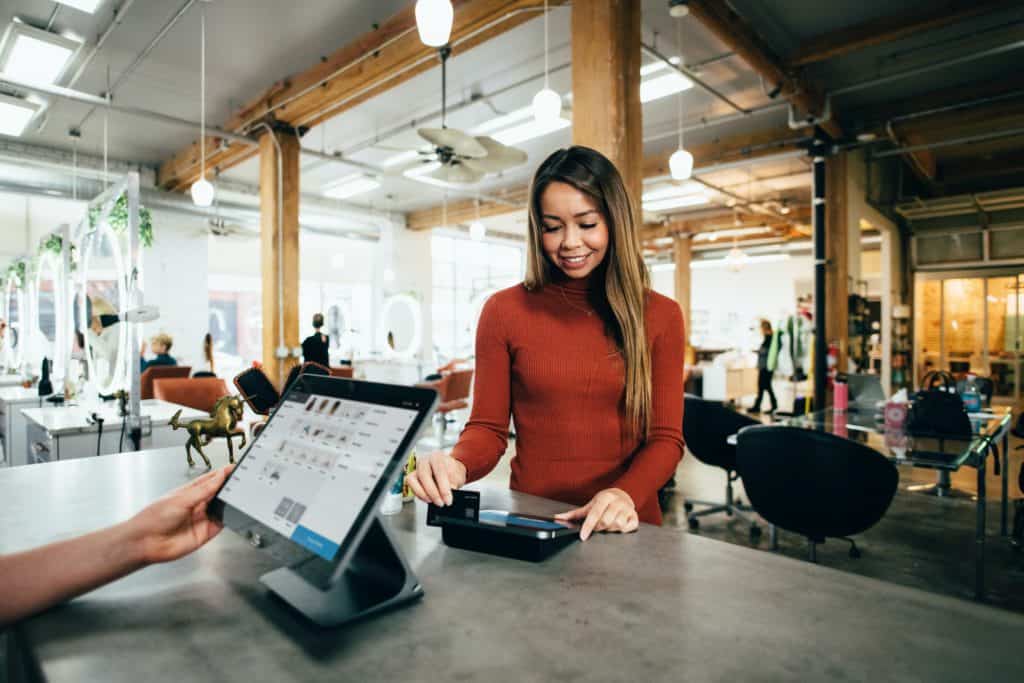Contactless Payment Methods in Restaurants: Why it Matters
We all know that the way we pay for things is changing. With contactless payment methods It’s now possible to wave your card over a reader and watch the transaction go through, without having to even touch the terminal! It sounds like magic but what does it really mean for restaurants? Let’s take a look at how this new technology works and why you should care about it as a restaurant owner.
are a new way to pay that many customers prefer because it’s more convenient and fast than using cash or credit. It also reduces the risk of fraud!
Contactless cards
A restaurant would need an EMV enabled terminal with contactless functionality in order for customers to use their card this way. Not all terminals have these capabilities yet but they’re getting easier to come by as demand rises.
While there is no additional cost involved with adding contactless capability (it can be done at any time), restaurants will want to make sure their hardware meets industry standards so that acceptance rates remain high over time. These include meeting ISO 7816 smartcard specifications, working on NFC based interfaces, supporting M/Chip Security Standards from Mastercard and EMV. POS system with contactless payments are the way to go.
How contactless payments can help prevent fraud
When a customer pays with contactless, it often means that the consumer will need to provide their card or phone number to make sure there is no fraud going on. This could be because they ordered online and want verification of who they are before serving them food in person for example. The restaurant can then verify this information through the terminal’s built-in software prior to letting them pay at all.
Contactless payments don’t require cashiers
In order for a business owner to take advantage of these transactions – like when paying by credit card instead of cash – they must have an EMV enabled terminal with contactless functionality set up so the customers can use their cards this way without worrying about proximity to the device.
This is a great way for restaurants to conserve cash, but it also helps save time and energy if they aren’t having to worry about rounding up bills from customers who are anxious to stop waiting in line or impatiently watching other people get their food while they’re still waiting around. There’s even been an instance of one owner cutting down on wait times by 20% just because he upgraded his systems!
A lot of restaurants still use paper receipts – which means they’re missing out on being able to charge customers who don’t show up or cancel last minute because they’re not paying for their meal.
Contactless payments in restaurants are a great way to ensure that your customers know they’re going to get the full value of what they ordered.
Some restaurants have seen profits increase by as much as 60% after upgrading from legacy credit card terminals to EMV enabled terminals with contactless functionality – and you can too!
It’s important to make sure all employees still understand how these methods work, so everyone has the same expectations when it comes time for them to do transactions with cards. Even if a cashier is not needed. You might need more training than other establishments because this is new territory for some members of staff who may be used to using cash or checks exclusively on certain tasks such as taking orders at the counter or delivering food. If you’re interested in upgrading your restaurant’s credit card terminal with contactless functionality, we have a team of experts who can help.
Concerns for using contactless payment technology
The contactless payment technology is really great for some restaurants.
But there are also concerns that need to be addressed when considering accepting this new form of payment. For instance, many establishments have reported instances where the terminal was unable to identify a card because it exceeded the limit of allowable transactions per day. This has left customers in an uncomfortable situation as they may not know how much money their dining partner owes them and vice versa if one person paid using cash or another non-contactless method while the other used contactless. In these situations, you’ll want to make sure your staff members know what’s going on so they can assist diners with figuring out who will pay for meals or help walk them through completing transactions offline by phone after leaving the restaurant.
Even though contactless payments can cut down on most fraud, there is a small possibility it can still happen. The concern diners have about contactless payments in restaurants is the potential for mobile fraud. When a cardholder hands their device to a waitress, how do they know if somebody is watching and then copying the credit card numbers themselves? In some cases, this has lead customers to refuse payment by credit or debit card altogether when dining out because of these concerns. This can create problems with customer retention, especially for smaller businesses that rely on cash-only transactions due to higher cost associated with handling cards. To combat this problem, consider using mobile devices equipped with anti-fraud software as well as educating your staff on identifying fraudulent activity at the time of purchase and it should be smooth to operate as well as beneficial to your business.
Benefits of using contactless payment methods
Just because you’re going “contactless” doesn’t mean you’re sacrificing your service. In fact, using NFC payments makes for shorter lines and easier loyalty setup and redemption while pass creation enables a loyalty card to be added to a digital wallet with one tap.
How can I introduce contactless payment options into my restaurant?
By implementing contactless payments, you will be able to offer your customers a more convenient and quicker way of paying for their meal. Contactless systems are also cheaper than traditional options such as card readers or cash registers. This means that over time it can save money by reducing the need to invest in expensive equipment while also improving customer experience.
Contactless payment methods have been gaining popularity around the world due to its convenience and security features which include: shorter lines at checkout; loyalty points setup made easier with NFC-enabled mobile devices; quick pass creation on cards for quicker access into buildings without having to swipe too many times using RFID technology.
A restaurant looking to implement contactless payments needs three things–a device, an app and a merchant account.
The device can be as simple as an iPad at the counter or behind the register, but what matters is that it has been enabled with card readers to process credit cards wirelessly via NFC technology. The app will work in conjunction with this tablet-computer and allow customers to link their payment information for quick access on mobile devices such as smartphones, tablets and wearable items like smartwatches.
Lastly, restaurants need a merchant account which allows them to interact directly with a bank without having third parties come into play–this helps ensure security between customer data and personal financial details while also reducing costs for processing transactions from all of those different vendors (restaurant included).
Contact one of our experts today and we can help you setup the account that is perfect for you!





